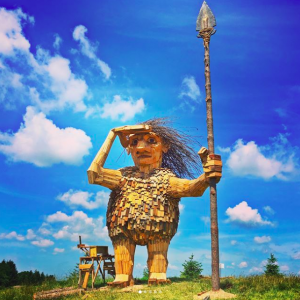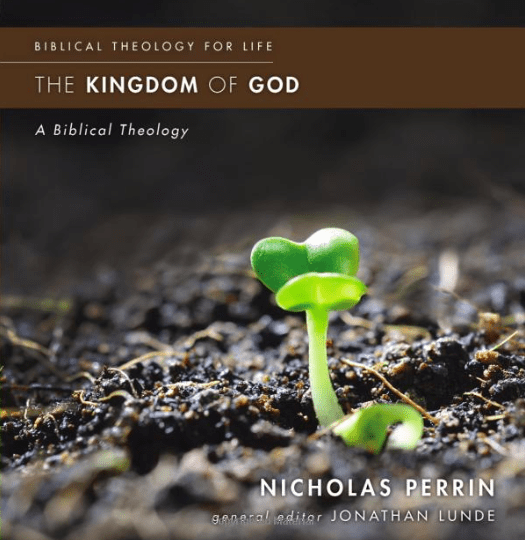 If you listen to some, the “Nones” are changing the landscape of American religion, but in listening to others — well, I was conversing with a knowledgeable person not long ago and this person had never even heard of the “Nones.” That person was in religious publishing. We need to take a good look at the Nones and to do this we will look at James Emery White, The Rise of the Nones: Understanding and Reaching the Religiously Unaffiliated (BakerBooks, 2014). Smith is a pastor who has specialized in ministering to the Nones, so I’m all ears. (And I hope you are, too, because the Nones matter.)
If you listen to some, the “Nones” are changing the landscape of American religion, but in listening to others — well, I was conversing with a knowledgeable person not long ago and this person had never even heard of the “Nones.” That person was in religious publishing. We need to take a good look at the Nones and to do this we will look at James Emery White, The Rise of the Nones: Understanding and Reaching the Religiously Unaffiliated (BakerBooks, 2014). Smith is a pastor who has specialized in ministering to the Nones, so I’m all ears. (And I hope you are, too, because the Nones matter.)
It begins with the well-known ARIS in 2008: American Religious Identification Survey. Typical stuff in some ways: mainliners are shrinking, Bible Belt is less Baptist; Catholics are moving into the South; denominationalism is diminishing; but the big issue in the ARIS was the rise of the Nones, that is the religiously unaffiliated. In 1990 that number was 8.1%; in 2008 it was 15%. Thus, the third largest “religious” group in America is the Nones.
What are the Nones like in your area? Do you think White’s sketch represents your Nones?
Then Chris Smith’s Souls in Transition that published the studies of the National Study of Youth and Religion concluded that no more than 15% are committed traditionalists, 30% were “selective adherents,” 15 were spiritually open, at least 25% “religiously indifferent,” 5% religiously disconnected and no more than 10% were irreligious. That is, 40% are distanced.
Then the Pew Forum on Religion and Public Life — 19.3% of Americans are Nones. And America no longer has a Protestant majority.
The issue is an abandonment of a “defined religion” (17). Given the choice of something vs. nothing, they choose nothing. This matters.
So what is a None? James Emery White sketches the basics and general picture.
1. Male: 56%.
2. Young: 33% under 3o yrs old.
3. White: 71%.
4. Not necessarily atheist. 68% have a vague sense of God.
5. Not very religious. 72% are not engaged in religion.
6. Democrats. 75%.
7. In favor of abortion and same-sex marriage. 72%-73%.
8. Liberal to moderate; 75%.
9. Not hostile to religious institutions.
10. Westerners. Most in the West, least in the South.
They are “spiritual but not religious.” They have gone from I believe to Maybe to Who knows? (23). He speaks of Mumford and Bono as examples. And one of White’s major observations: they are not seekers; they are contented. Like the one who drinks coffee but who drives by the coffee shop. He brings in the category of the “apatheist.”
In our next post on this book by White we’ll look at the “perfect storm” that created the Nones.










